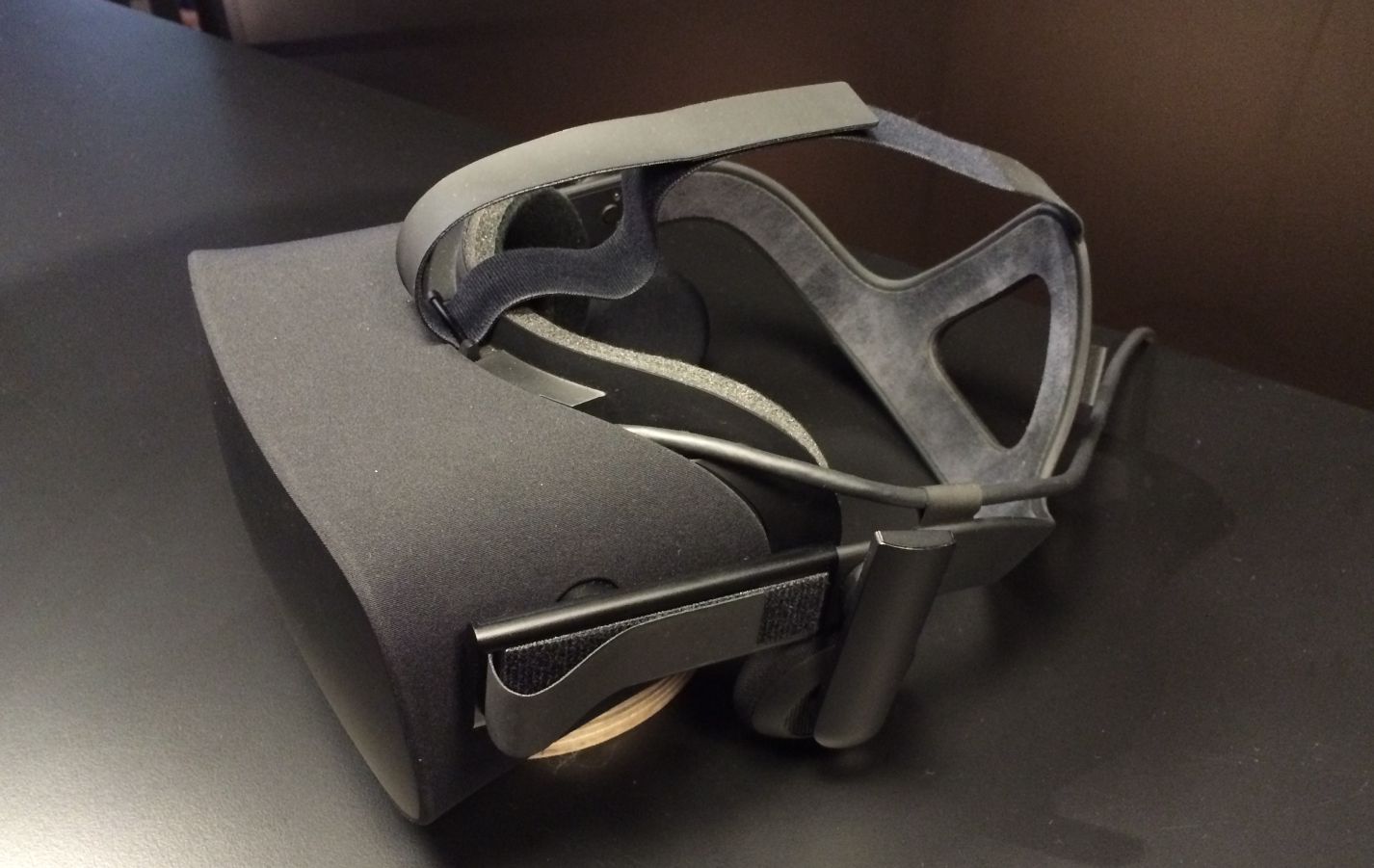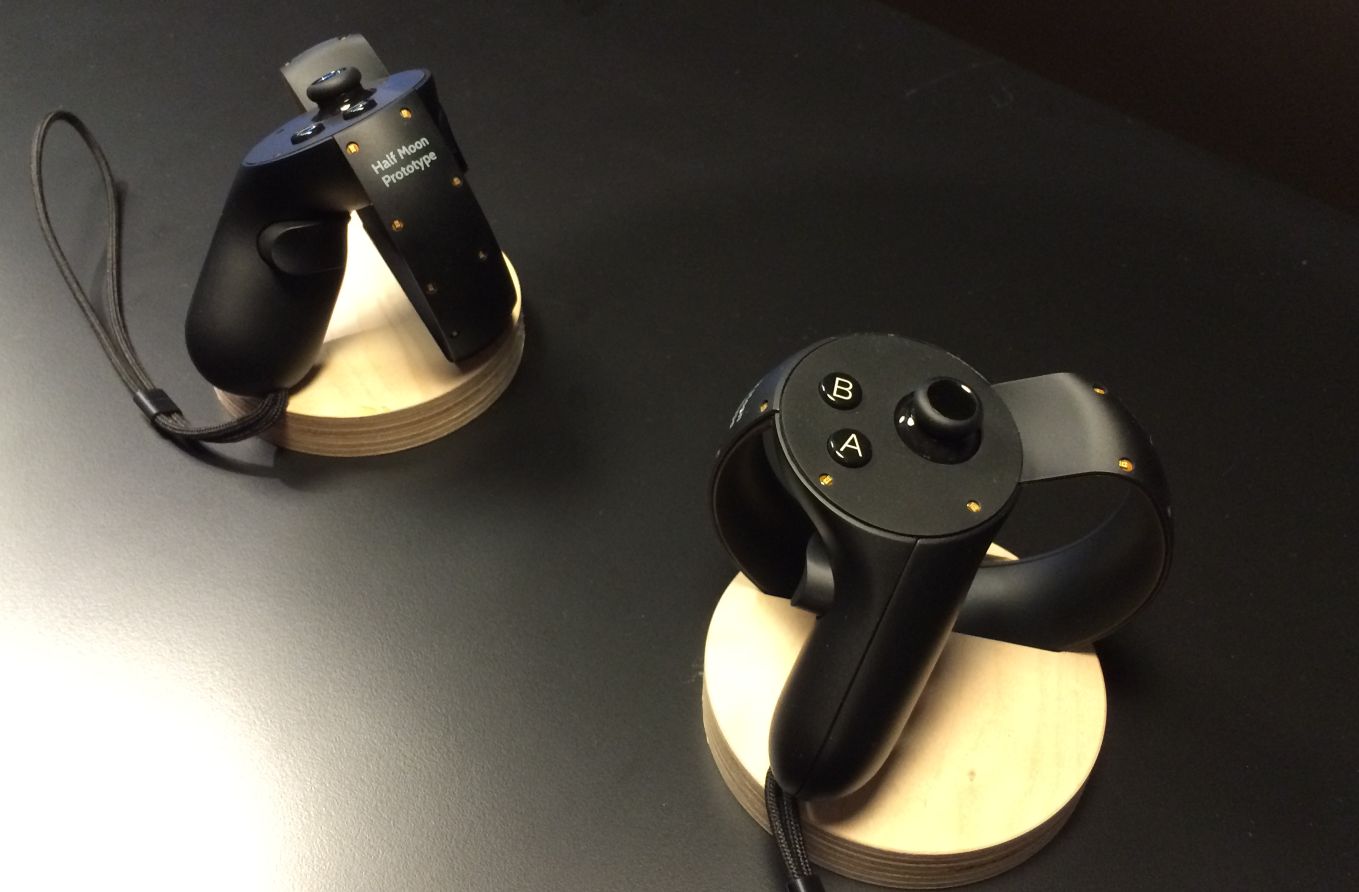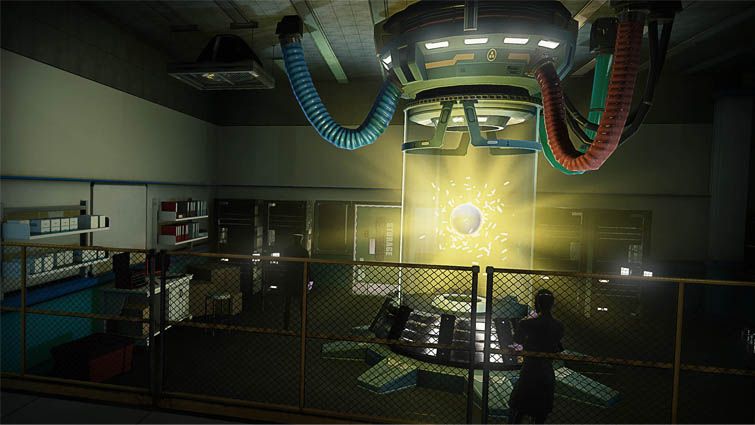This is a sponsored post on behalf of [a]listdaily partner VentureBeat.
The hot novelty of smartphones has been replaced by a colder reality: businesses that don’t know how to successfully engage customers on mobile will soon lose them to a competitor who does.
It stands to reason when smart phone penetration is at 80 percent in the U.S. — or 90 percent for 18- to -35-year-olds. And while reaching the right customers, with the right story, at the right time has been the golden rule of marketing for decades, mobile platforms are the latest frontier where most of the attention is now spent — and the right time has now transformed into reaching customers at the right moment.
Now in its 8th year, MobileBeat 2015 will be taking place July 13 and 14 in San Francisco — and is the place to meet and learn from the digital executives who know how to successfully harness this new landscape. With VentureBeat’s commitment to objective research and news coverage, the event features only the best stories of growth on mobile, free from bias.
Fireside chats feature unscripted interviews of the top visionaries and leaders about their recent initiatives. Breakout panels dive deeper during candid conversations into more tactical considerations to demystify the tools and partners that perform best.
VentureBeat’s network is also unmatched and gathers top brands eager to master this new channel, along with high-growth startups bent on quickly dominating the app stores charts, savvy investors, as well as representatives from all the media who matter.
Here’s a sneak peak at the kinds of topics we’ll be exploring. Don’t wait to reserve your place! Register here.
Messaging apps, video ads and emerging formats for engagement
The web was only the first digital channel, and mobile was its first truly different iteration forcing business to revisit their stack all over. Once again and now on top of mobile OSs, emerging platforms are already showing tremendous potential for engagement if one learns their ropes. Learn how to reach silo-ed audiences that don’t watch TV nor click on banner ads yet are eager to engage with the right digital campaigns.
Attribution and conversion
Mobile revolutionized the accountability of marketing campaigns. The competition is so intense that each dollar spent must be accounted for and optimized, and benefits from the tracking and testing mindset inherited from the web are exacerbated on mobile. Learn how the best teams are constantly improving their products and campaigns, and leave the guesswork to their distant second.
Storytelling and conversation
Fortunately for us humans, no algorithm can successfully trigger and sustain growth even in the increasingly programmatic realm of mobile. Succeeding on mobile also takes the carefulness of social media, the creative acumen of TV advertising and the willingness to put users in the center that up until now was exclusive to the greatest brands.
Mobile-first growth-hacking
For businesses that don’t have stores nor an established brand, reaching the top of the charts and keeping their users engaged is everything, while they operate on tight budgets and a breakneck pace. Discover the tricks that enabled the top App Store sensations to reach their spot and remain there.
Mcommerce, retail and convergence
In line with the theme of attribution, retail brands now can see how their digital campaigns help drive their sales in store, and how to close the loop with a new breed of loyalty programs and integrated user journeys.
Finding the “Halo” moments
Never send the right message without also ensuring the timing is right. Data is there for the taking and automation platforms are plenty to make sure you are never caught advertising
Leadership in a changing landscape
Meet the leaders who own the most successful mobile products of this decade, and hear from the horse’s mouth how they structure their teams within the organization, which skills they hire, outsource, and how they get the job done.
We look forward to seeing you at MobileBeat. Register now to reserve your spot.
 Oculus Rift consumer edition
Oculus Rift consumer edition
 Oculus Rift touch controllers
Oculus Rift touch controllers
 nDreams’s The Assembly
nDreams’s The Assembly
